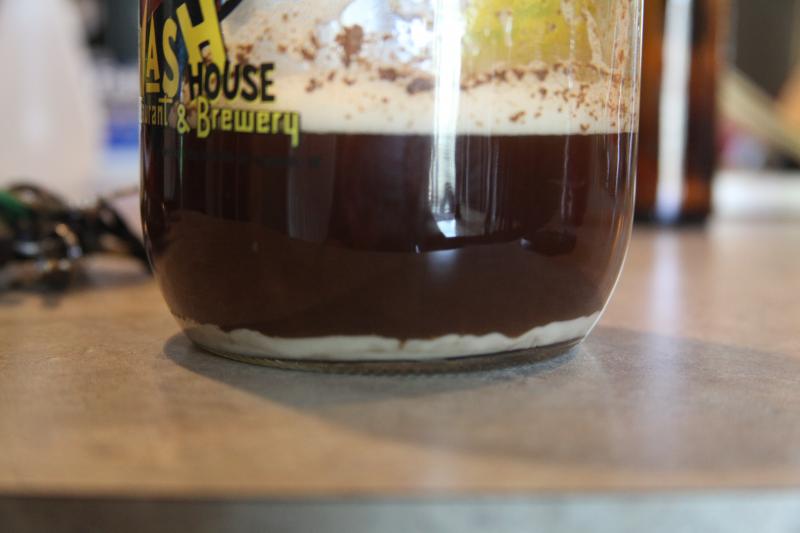1.0918 sounds high but what did the recipe say it should be? If your gravity has dropped from 1.091 to 1.043 that means fermentation has/is happening. So your options are to wait and let your beer finish. This is why we say an airlock is not an indicator of fermentation.
actually i have no idea cos i threw out the can and recipe already.
i'll check the gravity again this evening(24 hours since last check) and see if it has dropped some more
Edit:
just took gravity reading again - 1.0216 so it's already more than 4x lower than my SG and the best part. I guess it's fermenting after all






